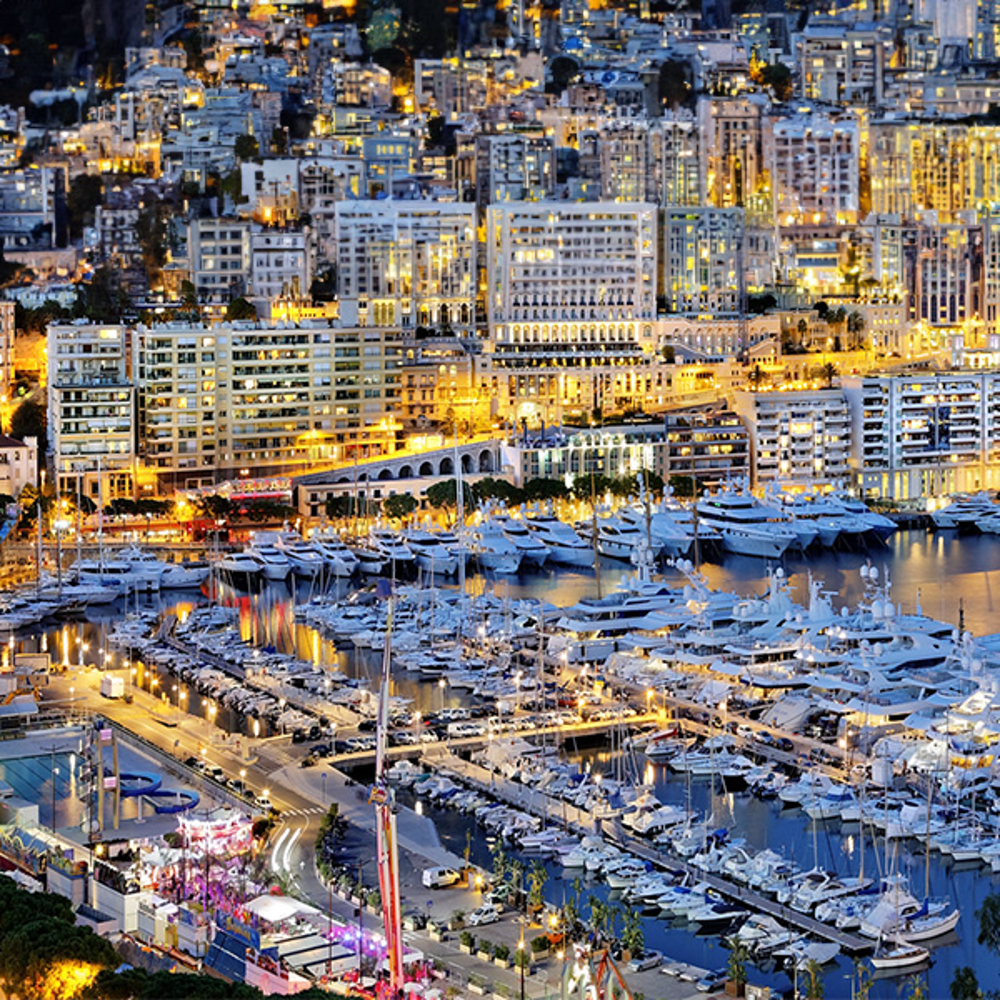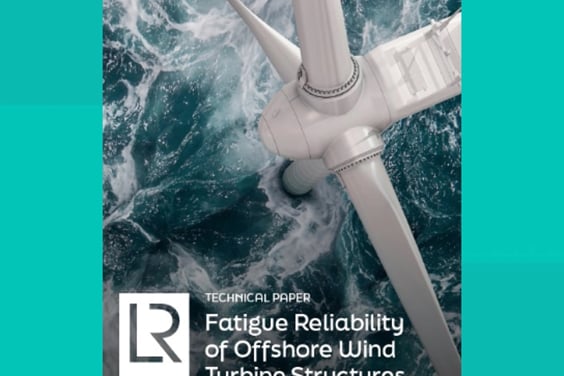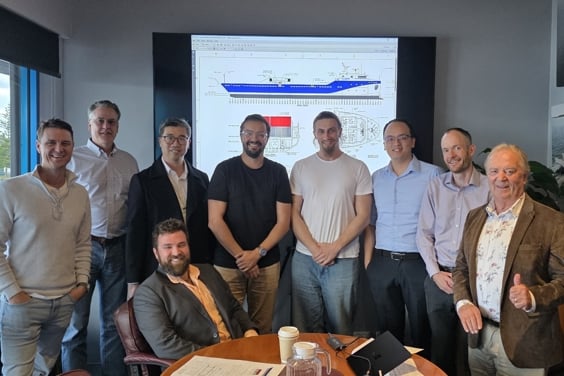A couple of weeks have passed since the conclusion of Monaco Yacht Show 2022, giving us all time to reflect on the important conversations we had and industry developments we saw. While it was encouraging to see this year’s edition return to its pre-pandemic levels of frenzied activity, I couldn’t help but miss last year’s quieter – and arguably more professional – version of the show.
That said, there were some important and prevailing themes that emerged from the discussions Lloyd’s Register had with its clients, partners, and colleagues, some of which should be expanded on and translated into real action in the coming weeks and months before the next MYS.
Sustainability
The energy challenge has been a growing topic in the superyacht industry over the last couple of years. But what this year’s MYS revealed is that the industry is now finally taking responsibility for tackling the challenge.
The new Sustainability Hub, for example, showcased some of the new technology being developed that will help the industry reduce its carbon footprint. And it is now evident that the major shipyards are looking into – and in some cases already building – superyachts powered by alternative fuels, with methanol and hydrogen being the frontrunners.
In terms of the whole industry working towards a sustainable future, however, I am concerned that there is a lack of cohesion. The IMO is moving forward with the EEXI and CII regulations, which don’t formally address yachts yet, but if we don’t demonstrate initiative within the industry, this legislation will be forced upon us. Let’s take this as an opportunity to have a joined-up and proactive approach going forward.
Safety
Another topic on everyone’s lips during MYS was the recent spate of fires. As most of these fires involved private yachts below 500gt, for which limited international safety regulations apply, perhaps it’s time classification societies and flag states start imposing more rigorous safety requirements on the smaller yacht segment. It also begs the question whether owners are informed enough about how well their asset is protected in terms of fire safety.
For yachts below 500gt, international safety regulations and yacht codes do not impose fire extinguishing systems in spaces that are considered a fire risk, such as tender garages and galleys. A lot of the recent fires appear to have been caused by the improper use of lithium-ion battery-powered equipment, which is often stored in the tender garage, and so I am seeing a bigger push from the industry to start regulating this.
Last year, Lloyd’s Register developed guidelines on the safe storage of lithium-ion batteries on board. This has been well received – to the extent that part of the guidelines will likely be incorporated in the next revision of the Red Ensign Group Large Yacht Code.
Explorer yachts
There is still a lot of movement in the explorer yacht segment, with many builders announcing new concepts and projects during MYS, as well as a significant increase in the conversions of offshore supply vessels or platform supply vessels into explorer yachts. From a construction and classification perspective, this trend is particularly exciting as explorer yachts tend to push the boundaries in terms of capabilities.
Conversion projects also present unique challenges, as there is always an element of the unknown until the vessel is stripped. This means close cooperation between the owner’s team, class and flag is required to ensure that, once these issues are identified in the yard, they can be rectified quickly to minimise impact on the delivery timeline.
An impending crash?
As a final point, I could sense widespread concern about the effects that world affairs are having on global economies and energy prices. Many believe that history may repeat itself, whereby the boom the industry has experienced over the last two years could be followed by a painful correction in the market. Hopefully this correction will be short lived, and the industry will quickly return to the steady growth happening prior to the boom.










